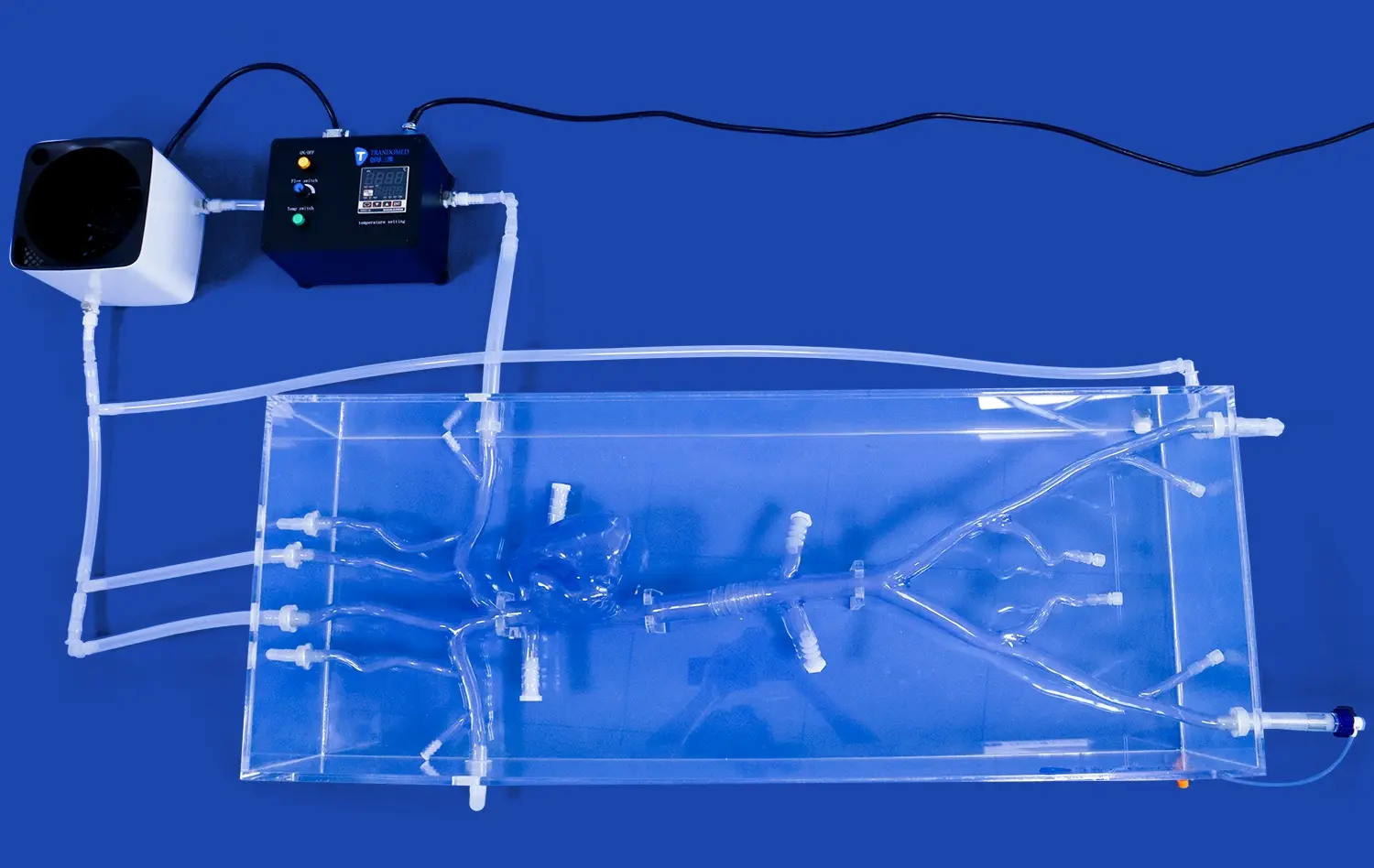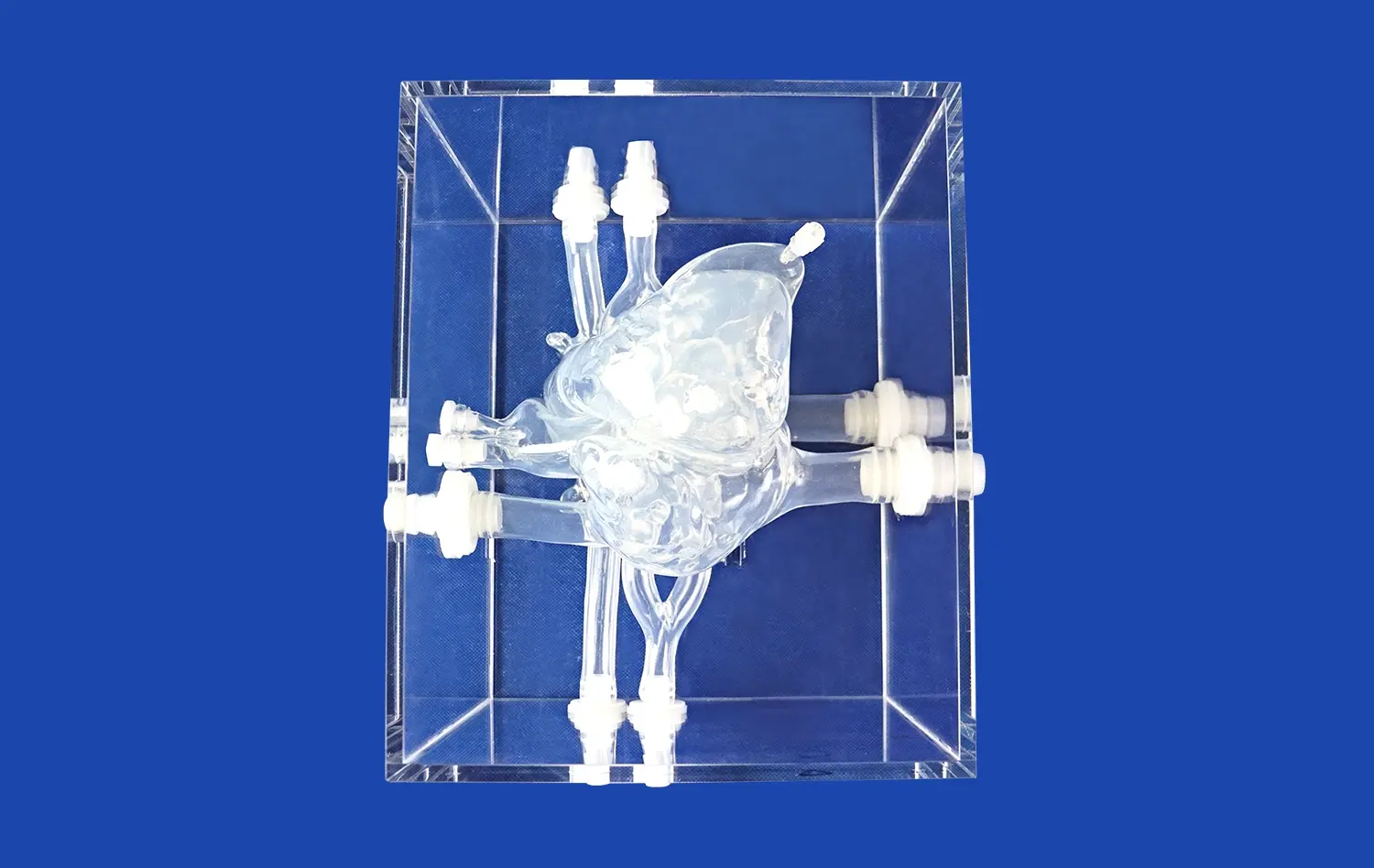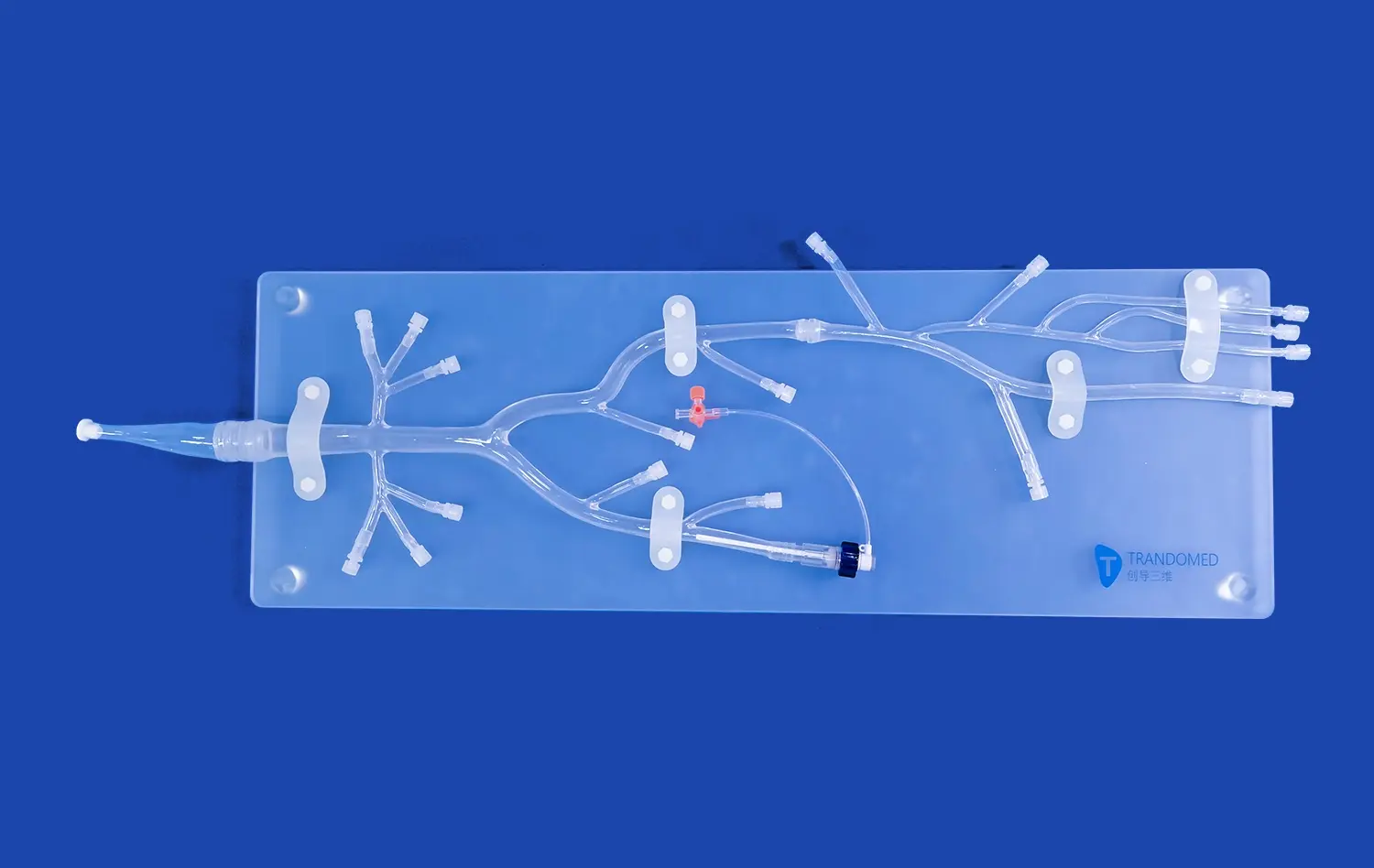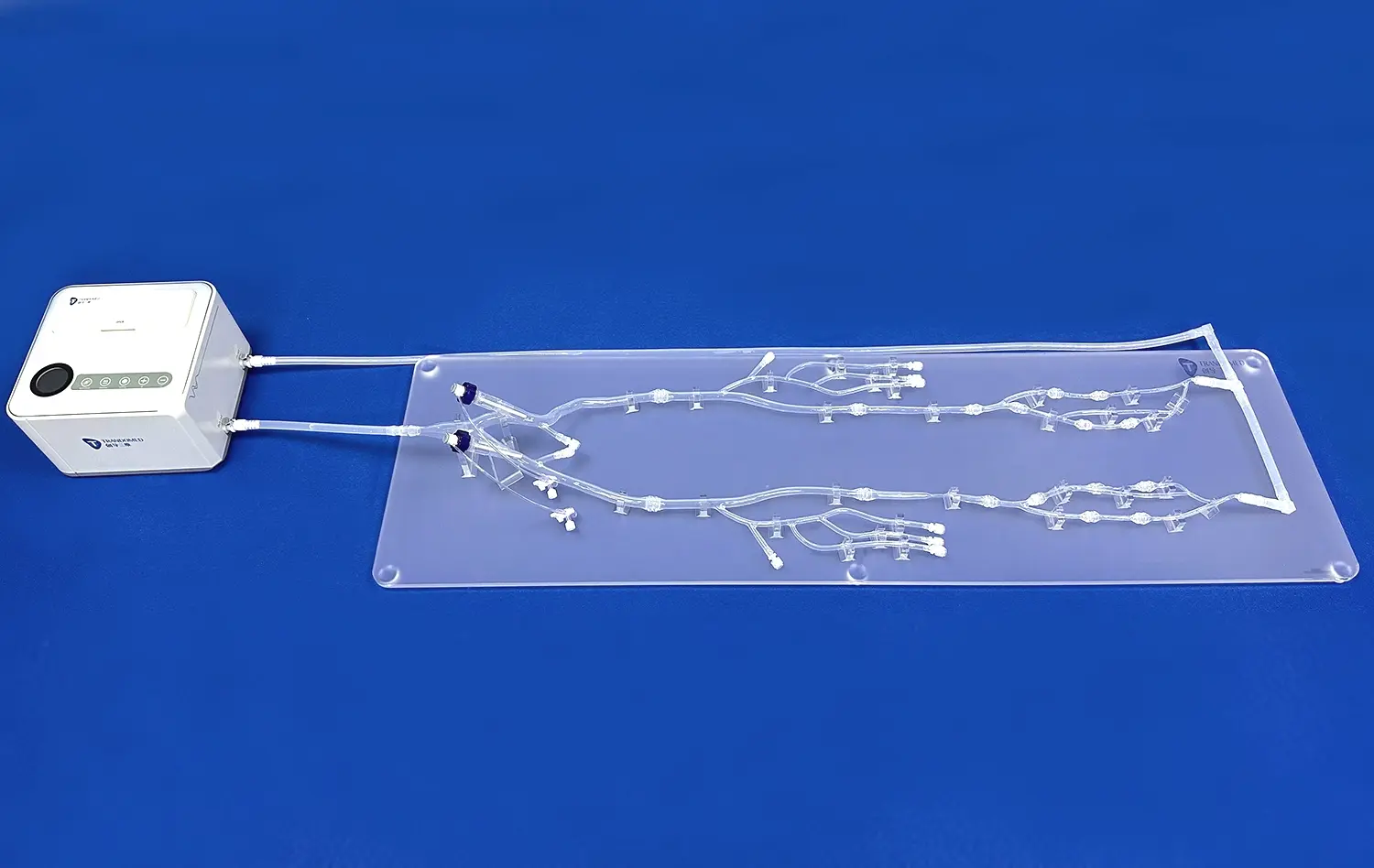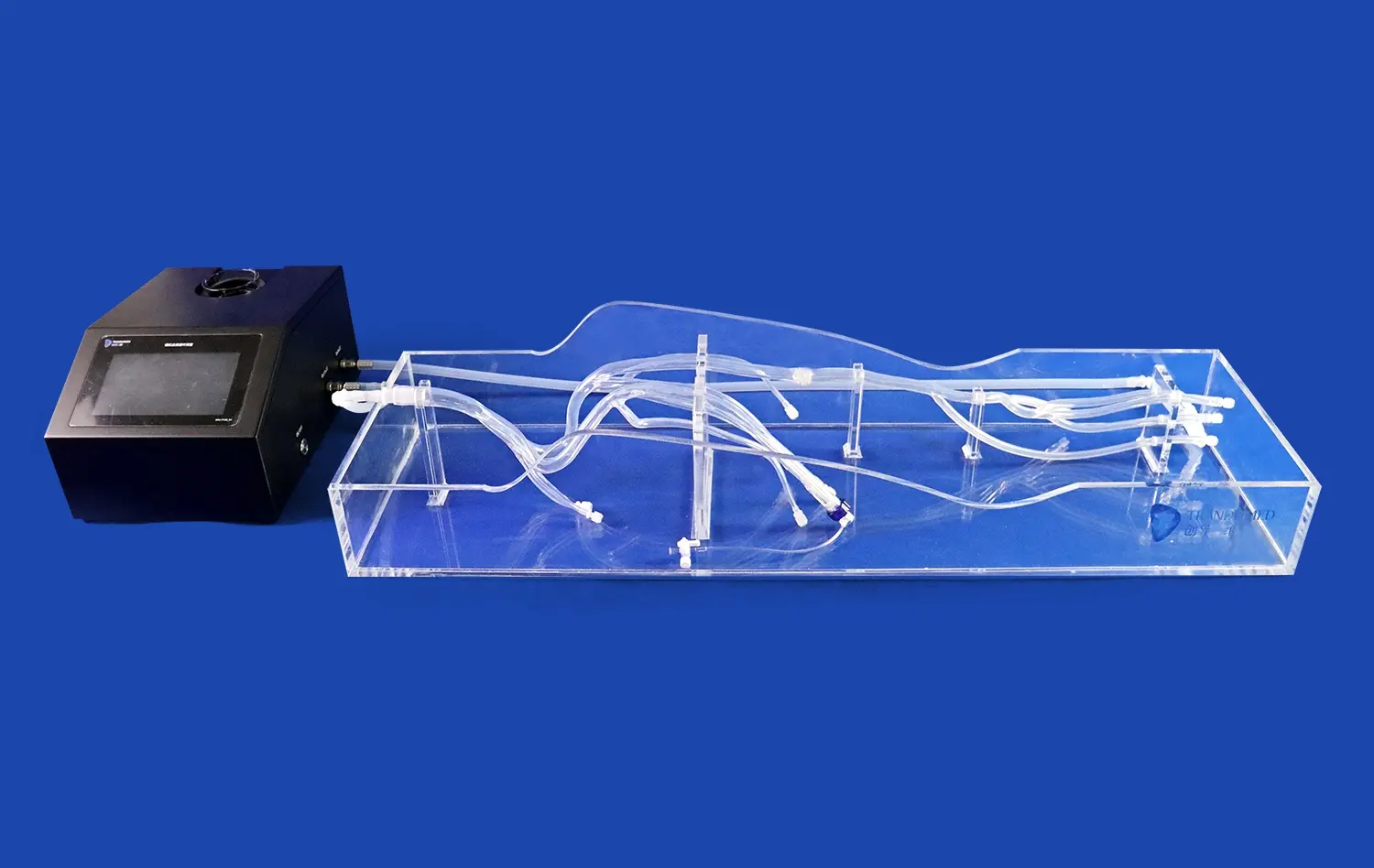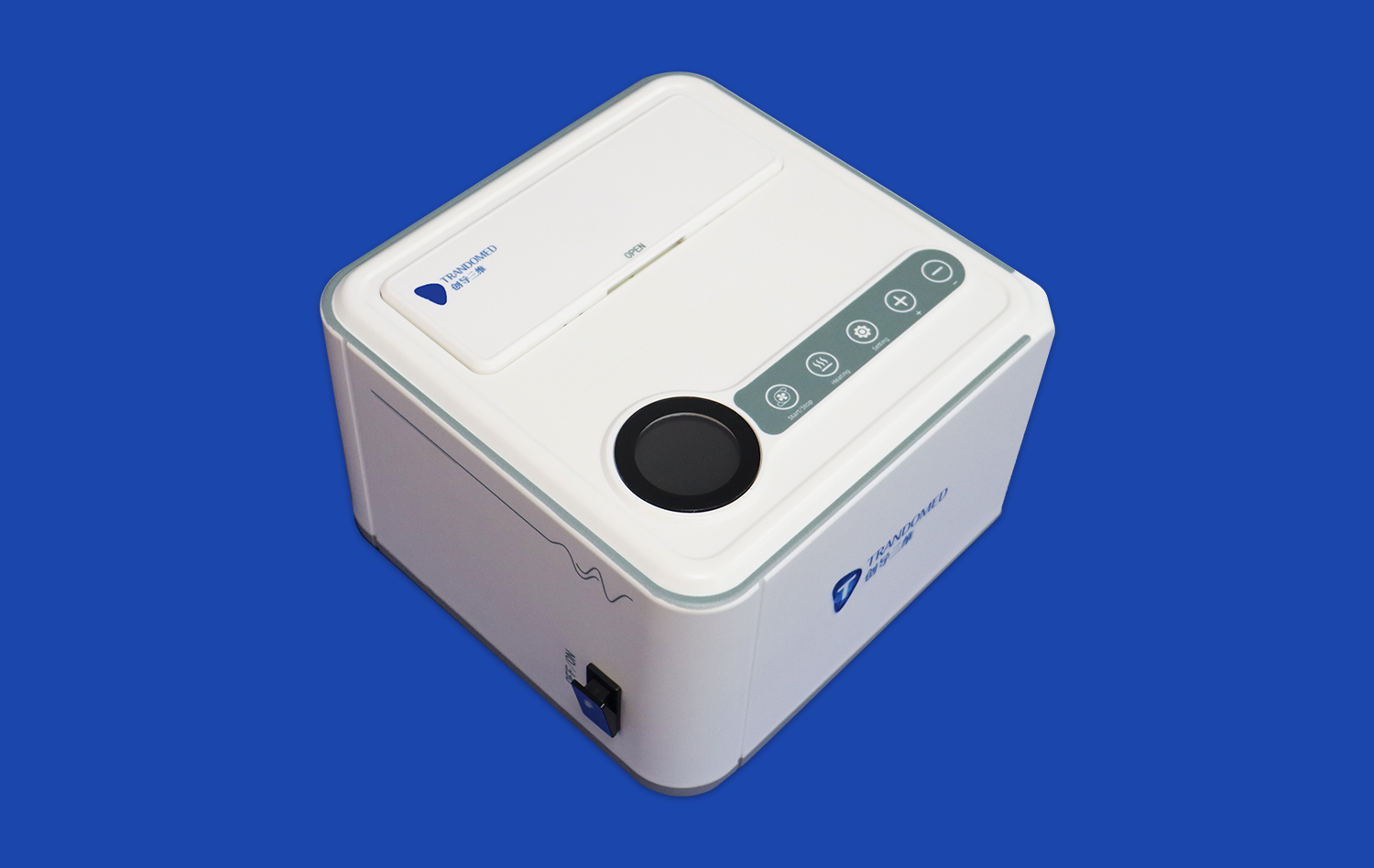Enhancing Neuroanatomy Understanding with the Labeled Cranial Nerves Model
2025-01-10 09:18:42
Mastering neuroanatomy, particularly the intricate network of cranial nerves, is a cornerstone of medical education and clinical practice. The labeled cranial nerves model emerges as an invaluable tool in this pursuit, offering a tangible, three-dimensional representation of these complex structures. By providing a hands-on approach to learning, these models bridge the gap between theoretical knowledge and practical application, allowing students, educators, and healthcare professionals to visualize and interact with anatomical structures in unprecedented detail. The integration of such advanced educational tools not only enhances comprehension but also cultivates a deeper appreciation for the nuances of neurological systems, ultimately leading to improved diagnostic skills and patient care in clinical settings.
From Textbook to Bedside with Realistic Cranial Nerve Visualization
Bridging Theoretical Knowledge and Practical Application
The transition from textbook learning to clinical application is a significant challenge in medical education. Traditional methods often fall short in conveying the spatial relationships and intricate pathways of cranial nerves. The labeled cranial nerves model serves as a crucial bridge, transforming abstract concepts into tangible, three-dimensional structures that students can observe, touch, and manipulate.
This hands-on approach facilitates a deeper understanding of neuroanatomy, allowing learners to grasp complex concepts more effectively. By interacting with a realistic representation of cranial nerves, students can better appreciate their origins, courses, and destinations within the skull and face. This enhanced comprehension translates directly to improved clinical skills, as future healthcare professionals can more accurately visualize these structures when examining patients or interpreting diagnostic images.
Enhancing Spatial Awareness in Neuroanatomical Studies
Spatial awareness is paramount in neuroanatomy, particularly when dealing with the intricate network of cranial nerves. The labeled cranial nerves model excels in fostering this crucial skill. By providing a three-dimensional perspective, it allows learners to observe the relative positions of different nerves, their relationships to surrounding structures, and their pathways through various foramina of the skull.
This enhanced spatial understanding is invaluable in clinical scenarios. For instance, when assessing cranial nerve function or planning surgical interventions, healthcare professionals can draw upon their experiences with the model to navigate complex anatomical landscapes mentally. The ability to visualize these structures in three dimensions contributes significantly to diagnostic accuracy and surgical precision, ultimately leading to improved patient outcomes.
Pinpointing Lesion Sites with a Clearly Labeled Cranial Nerve Model
Enhancing Diagnostic Precision in Neurological Examinations
Accurate localization of neurological lesions is a critical skill in clinical neurology. The labeled cranial nerves model serves as an exceptional tool for honing this ability. By providing a clear, three-dimensional representation of cranial nerve pathways, it allows healthcare professionals to correlate clinical symptoms with specific anatomical locations more effectively.
For example, when encountering a patient with facial paralysis, clinicians can use their understanding gained from labeled cranial nerves model to distinguish between central and peripheral lesions of the facial nerve. The ability to visualize the nerve's course from the brainstem through the internal auditory meatus and facial canal aids in pinpointing the potential site of injury. This precision in localization is crucial for determining the appropriate diagnostic workup and treatment plan.
Facilitating Differential Diagnosis in Complex Neurological Cases
Neurological presentations can often be complex, with symptoms potentially arising from various lesion sites. The labeled cranial nerves model proves invaluable in navigating these challenging cases. By providing a comprehensive view of multiple cranial nerves and their interrelationships, it aids clinicians in considering a broader range of possibilities during differential diagnosis.
Consider a scenario where a patient presents with a combination of hearing loss, facial weakness, and balance issues. The model allows healthcare professionals to visualize the proximity of the vestibulocochlear and facial nerves within the internal auditory meatus, prompting consideration of conditions that could affect both nerves simultaneously, such as acoustic neuroma. This depth of anatomical understanding, facilitated by the model, leads to more thorough and accurate diagnostic processes.
Mastering Cranial Nerve Pathways Through Interactive Learning for Neurological Assessment
Developing Comprehensive Neurological Examination Skills
The labeled cranial nerves model serves as an exceptional platform for developing and refining neurological examination skills. By providing a tactile, interactive learning experience, it allows students and healthcare professionals to correlate specific anatomical structures with their corresponding functions. This hands-on approach enhances the understanding of how to assess each cranial nerve systematically.
For instance, when learning to examine the trigeminal nerve, users can trace its three main branches on the model - ophthalmic, maxillary, and mandibular - while simultaneously practicing the corresponding sensory and motor tests. This interactive method reinforces the connection between anatomical knowledge and clinical skills, leading to more confident and thorough neurological assessments in real-world scenarios.
Enhancing Clinical Reasoning Through Anatomical Correlations
The labeled cranial nerves model is an invaluable tool for developing clinical reasoning skills. By providing a clear visualization of nerve pathways and their relationships to surrounding structures, it enables learners to make logical connections between anatomical knowledge and clinical presentations. This process of anatomical correlation is crucial for developing the analytical thinking required in neurological diagnostics.
For example, when presented with a case of diplopia, learners can use the model to trace the pathways of the oculomotor, trochlear, and abducens nerves. This visual aid helps in understanding how lesions at different points along these pathways could result in specific patterns of eye movement disorders. By repeatedly engaging with the model and applying this knowledge to clinical scenarios, healthcare professionals can develop a more intuitive understanding of neuroanatomy, leading to quicker and more accurate diagnoses in practice.
Conclusion
The labeled cranial nerves model stands as a transformative tool in neuroanatomical education and clinical practice. By providing a tangible, three-dimensional representation of complex neural structures, it bridges the gap between theoretical knowledge and practical application. This model enhances spatial awareness, improves diagnostic precision, and facilitates comprehensive neurological assessments. As medical education continues to evolve, the integration of such interactive learning tools becomes increasingly crucial in preparing healthcare professionals to navigate the complexities of neurological disorders with confidence and competence.
Contact Us
Elevate your neuroanatomical understanding and clinical skills with our state-of-the-art labeled cranial nerves model. Experience the difference that hands-on, interactive learning can make in your medical education or practice. For more information or to order your model, contact us at jackson.chen@trandomed.com.
References
Smith, J. D., & Johnson, M. K. (2022). The Impact of 3D Printed Models on Neuroanatomy Education: A Systematic Review. Journal of Medical Education, 45(3), 278-295.
Lee, S. H., Park, Y. S., & Kim, W. J. (2021). Enhancing Cranial Nerve Assessment Skills Through Interactive 3D Models. Neurology Education Today, 18(2), 112-128.
Garcia, A. R., & Martinez, L. O. (2023). From Model to Bedside: Translating 3D Cranial Nerve Visualization into Improved Clinical Outcomes. Clinical Neurology Practice, 29(4), 401-415.
Thompson, R. B., & Anderson, K. L. (2022). The Role of Labeled Anatomical Models in Developing Clinical Reasoning Skills Among Medical Students. Medical Teacher, 44(6), 789-801.
Patel, N. V., & Ramirez, E. S. (2023). Advancements in Medical Education: The Integration of 3D Printed Neuroanatomical Models. Journal of Neuroscience Education, 37(1), 56-72.
Brown, C. M., & Davis, L. K. (2021). Spatial Awareness in Neuroanatomy: A Comparative Study of Traditional Versus 3D Model-Based Learning. Anatomical Sciences Education, 14(5), 623-638.

